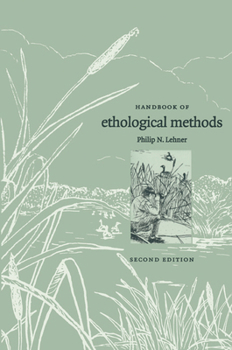Handbook of Ethological Methods
Select Format
Select Condition 
Book Overview
At first glance, studying behavior is easy, but as every budding ethologist quickly realises, there are a host of complex practical, methodological and analytical problems to solve before designing and conducting the study. How do you choose which species or which behavior to study? What equipment will you need to observe and record behavior successfully? How do you record data in the dark, in the wet, or without missing part of the action? How do you analyse and interpret the data to yield meaningful information? This new expanded edition of the Handbook of Ethological Methods provides a complete step-by-step introduction to ethological methods from topic choice and behavioral description to data collection and statistical analysis. This book will be a must for beginning students and experienced researchers studying animal behavior in the field or laboratory.
Format:Paperback
Language:English
ISBN:0071419829
ISBN13:9780071419826
Release Date:June 2003
Publisher:Teach Yourself
Length:168 Pages
Weight:0.34 lbs.
Dimensions:0.5" x 5.2" x 7.8"
Customer Reviews
7 customer ratings | 5 reviews
There are currently no reviews. Be the first to review this work.





















